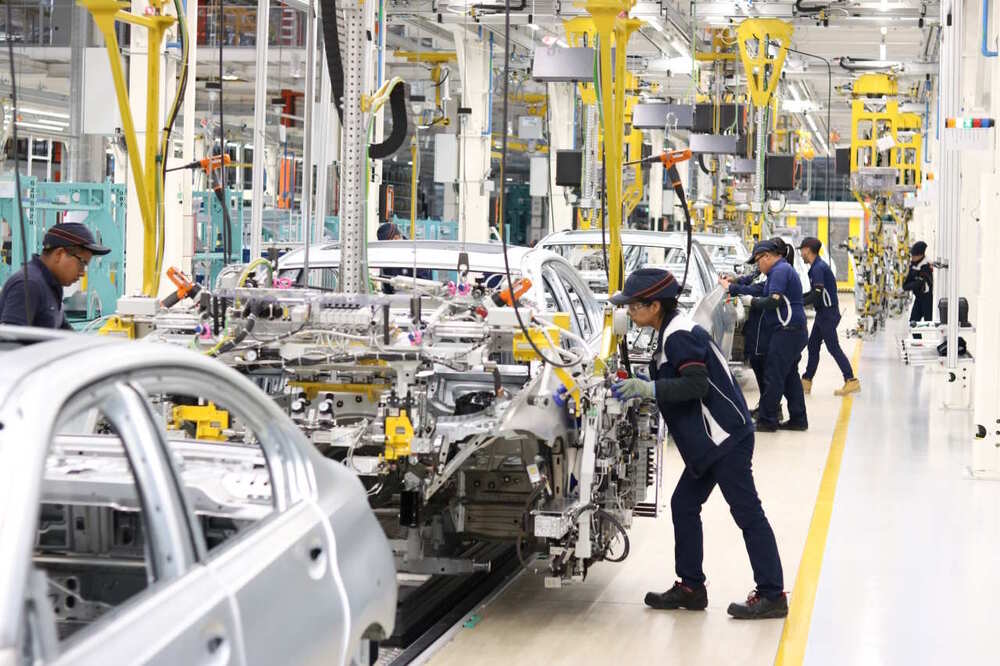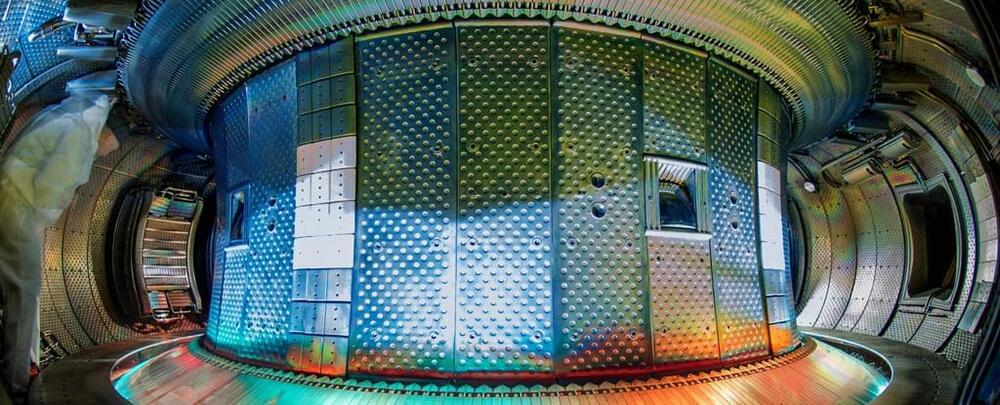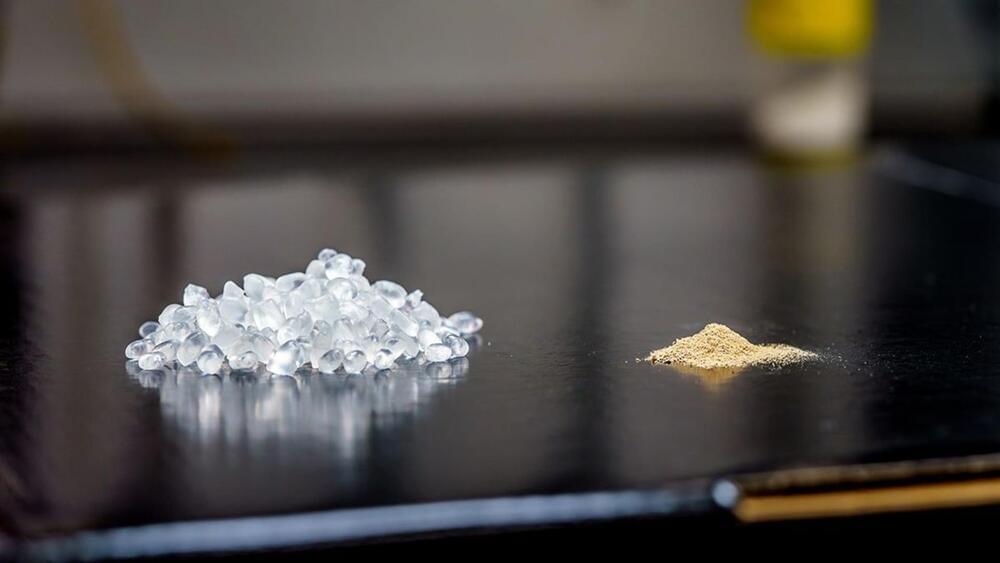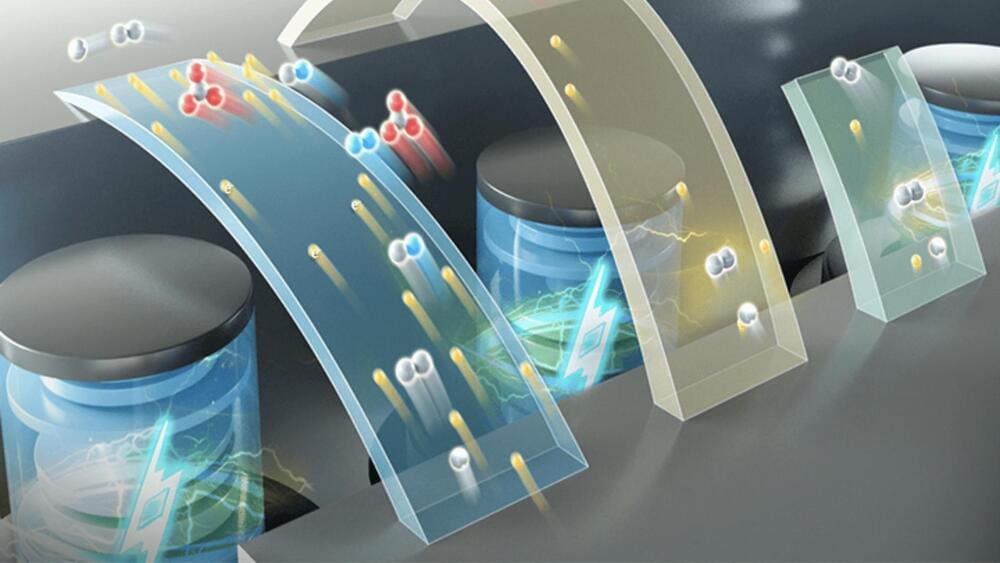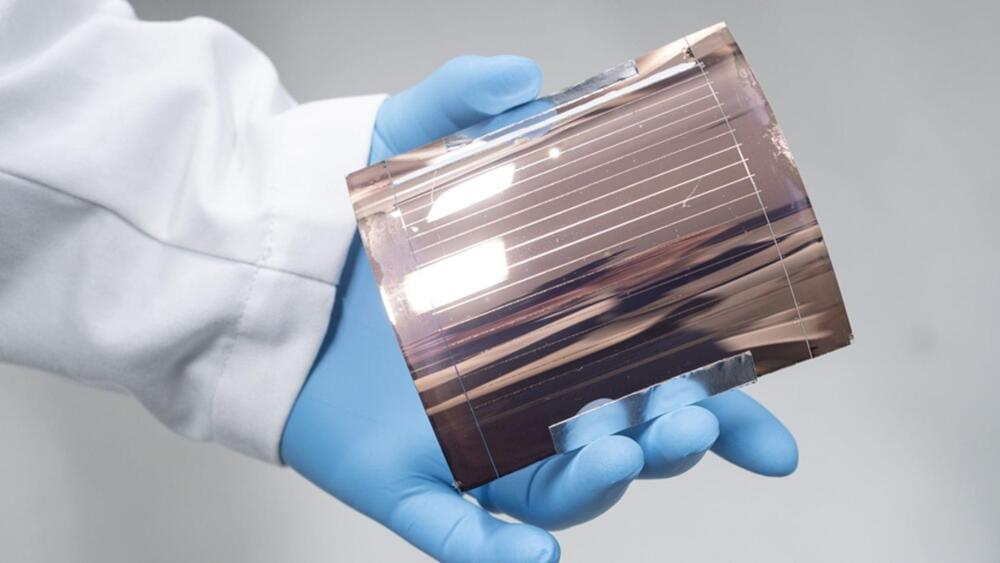The number of electric vehicles (EVs) exported from Germany rose sharply in 2023, meaning that EVs accounted for about one quarter of all car exports that year, the country’s statistical office Destatis has said.
The country exported about 786,000 fully electric cars for a total value of roughly €36 billion ($A61.8 billion) – an increase of 58 per cent compared to 2022.
The most important destinations for EVs produced in Germany were the Netherlands, the UK and Belgium, Destatis added. Imports of EVs to Germany climbed about 23 percent to 446,000 units, with more than a quarter coming from China.
